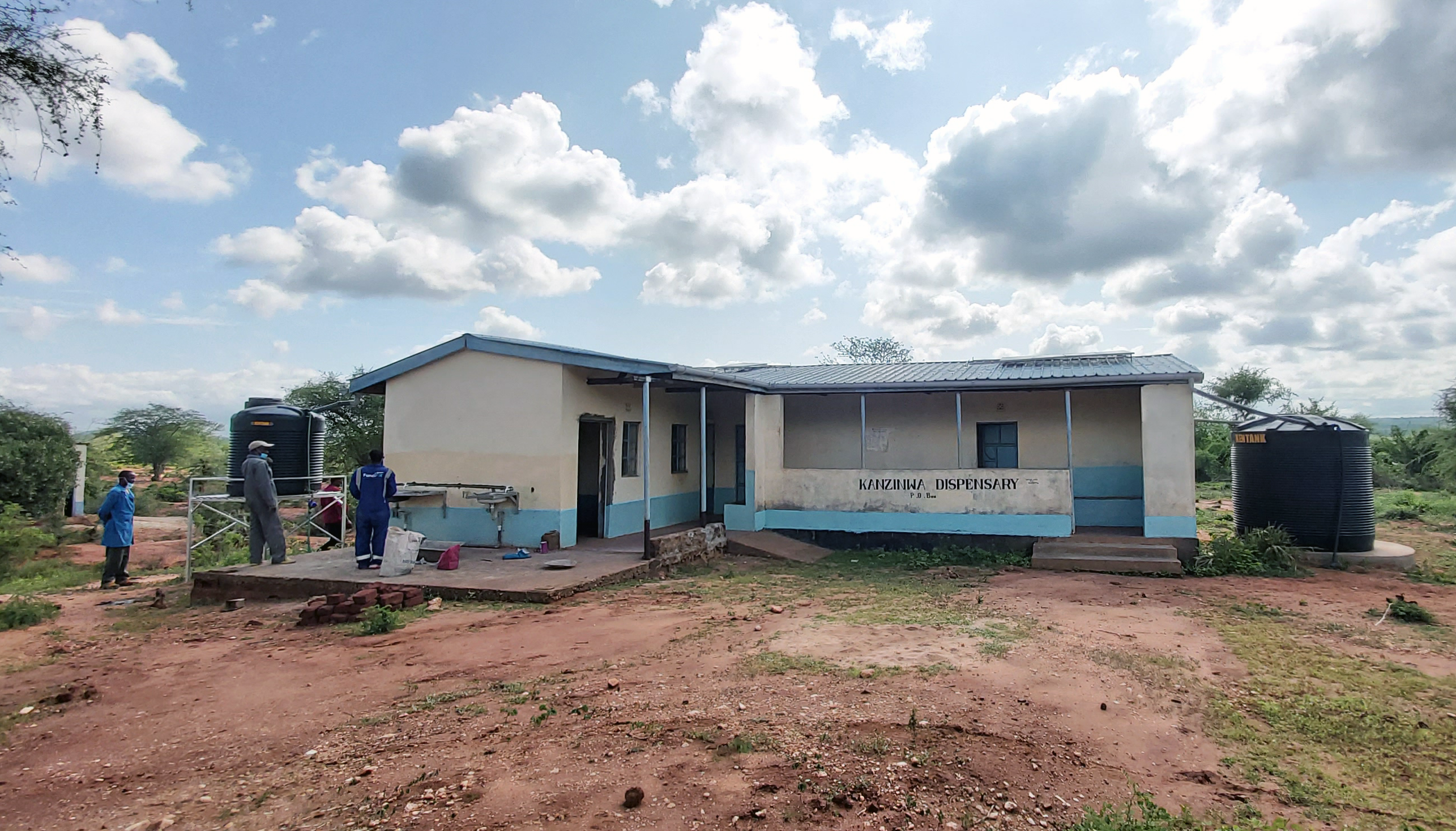This post is based on research from Kitui County, Kenya, supported by the REACH programme and the USAID Sustainable WASH Systems Learning Partnership – read the policy brief.
In response to the COVID-19 pandemic, a pilot study attempted to estimate how much it would cost to deliver treated water and liquid soap to rural clinics in Kenya. Kenya has over 14,500 primary health care facilities providing services for over 47 million people. Delivering health care services in rural areas is challenging due to low population density, lower relative incomes and educational attainment, and less frequent access to networked energy and water services.
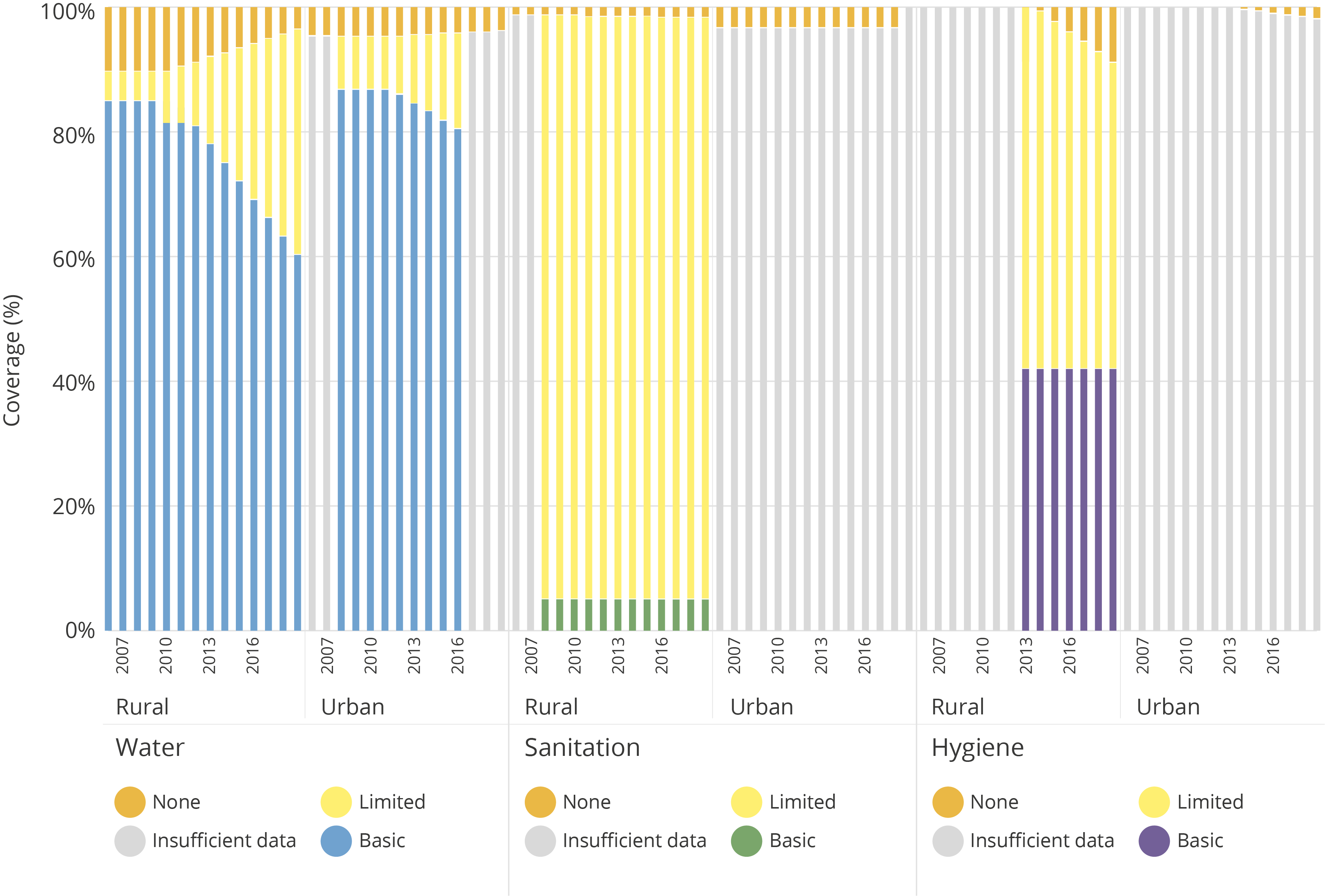
An earlier detailed audit of WASH in health care facilities in Kitui County, Kenya provided a framework to target a sample of clinics to have their existing infrastructure improved and regular water and soap supplies to be funded during six months of the pandemic from late 2020 through early 2021.
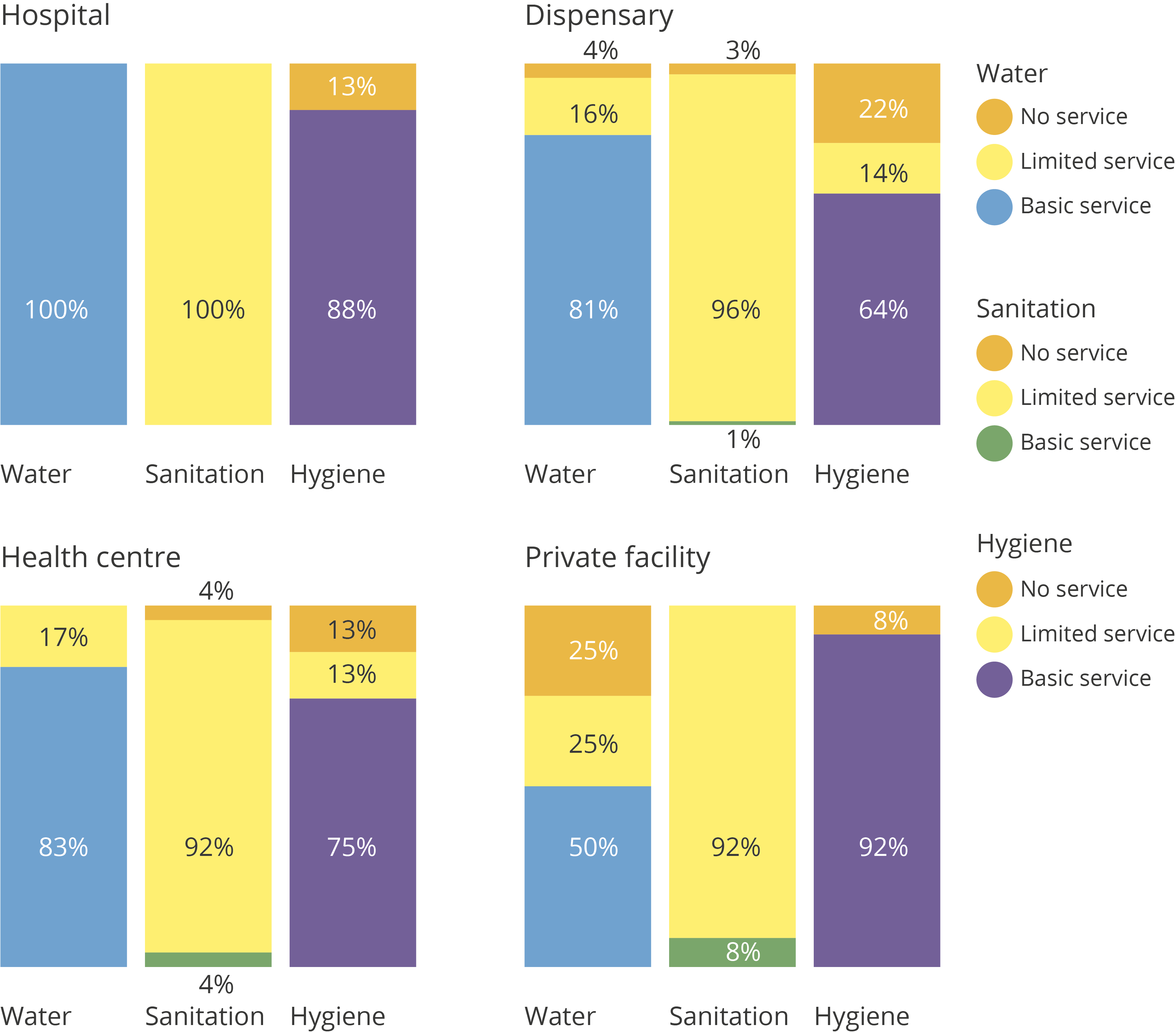
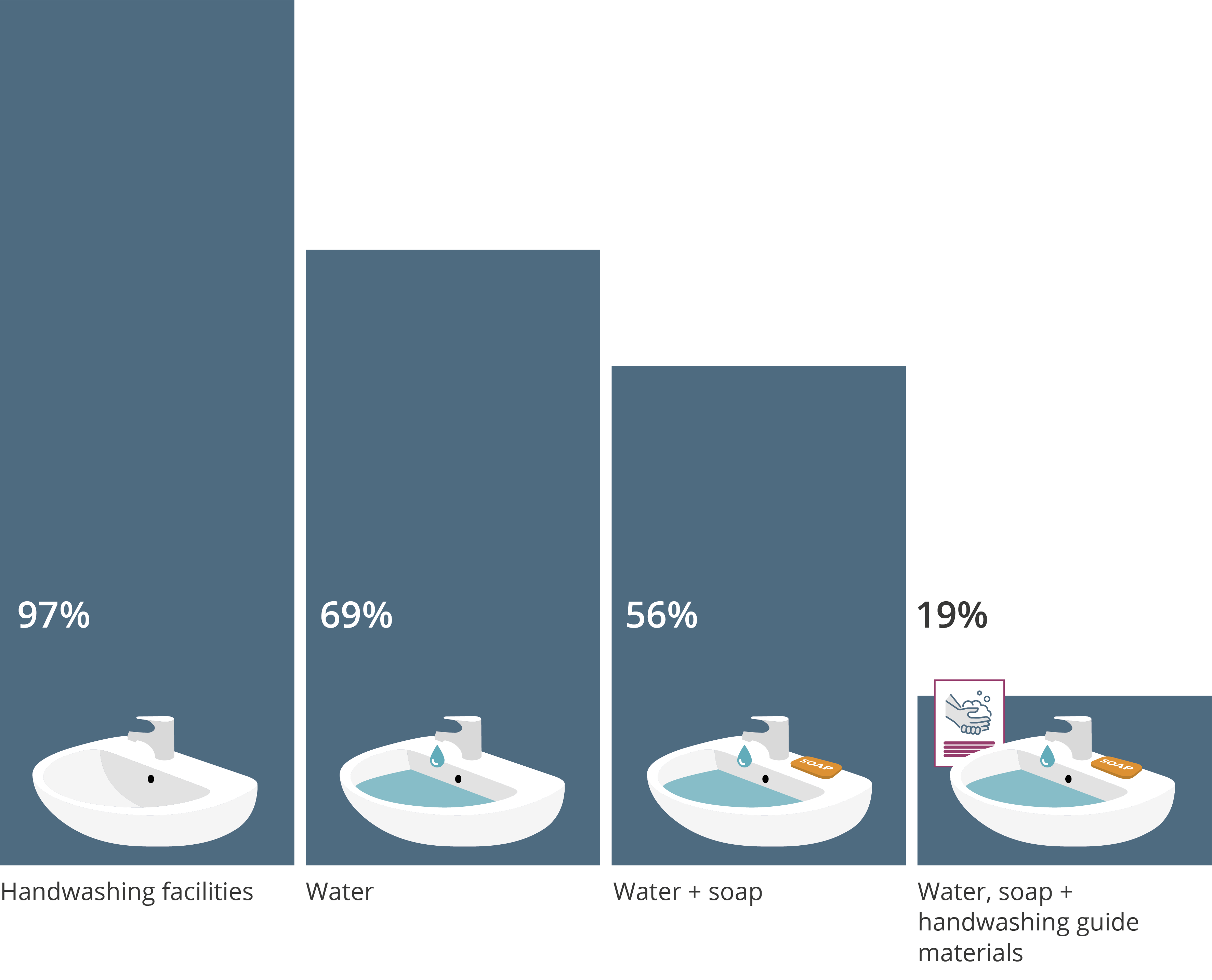
With approval from Kitui County Government Kenyan professional service provider FundiFix ran the pilot, delivering water and soap services to 11 rural dispensaries and one hospital in Mwingi North sub county. This improved services for patients and provided the research team with detailed information on water infrastructure installation and repair costs, and expenditure on water and soap. Based on this, we estimated the annual cost of water and soap services to rural dispensaries and assessed variation in costs for water and soap in dispensaries with and without a piped connection.
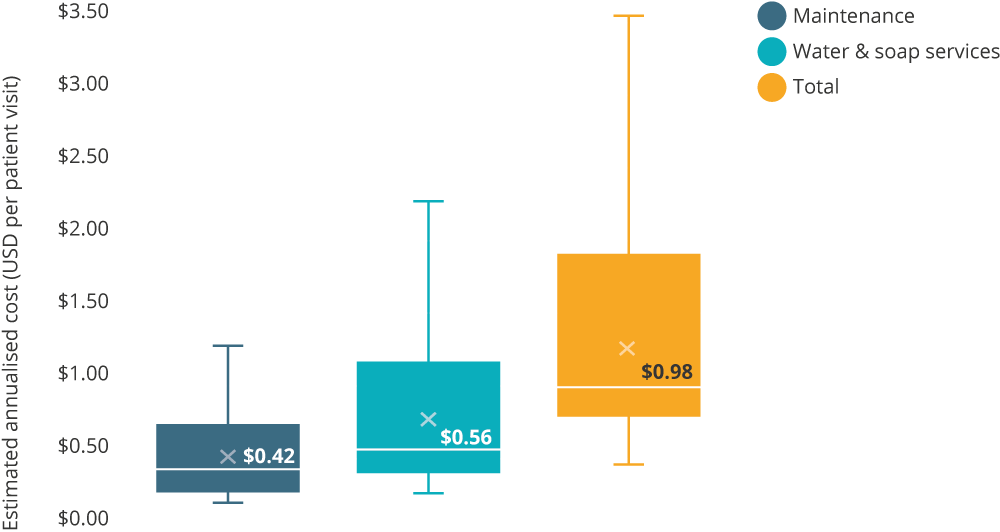
The study found that annual costs for water services and soap was around USD $1 per health care facility visit, a figure that can be used to inform budget and investment planning for improving WASH in rural health care facilities.
Costs were higher for more remote facilities and those that relied on vended water. Vended water is an important source given the inaccessibility and unreliability of piped water connections, and because supplies collected and stored using rainwater harvesting tanks are often exhausted during the long dry season.
To guarantee water and soap services in health care facilities for all, county governments should explore the potential of professionalized rural water services to maintain consistent water quantity and quality, and leverage synergies to respond to this service gap in schools and health care facilities.

